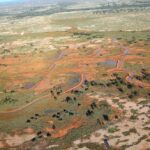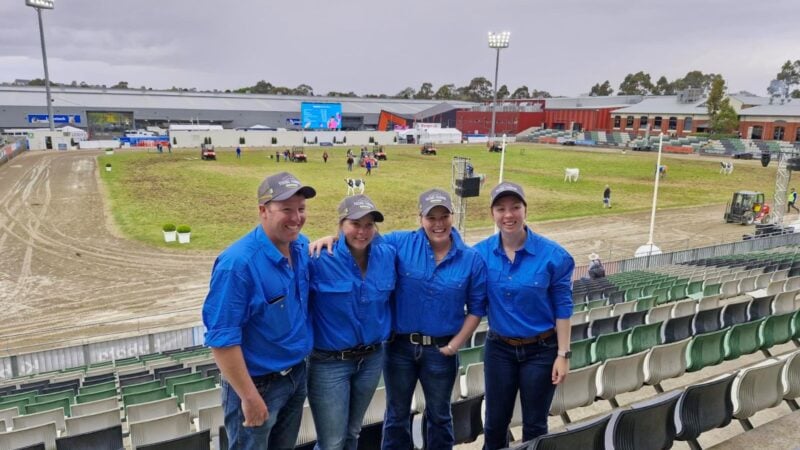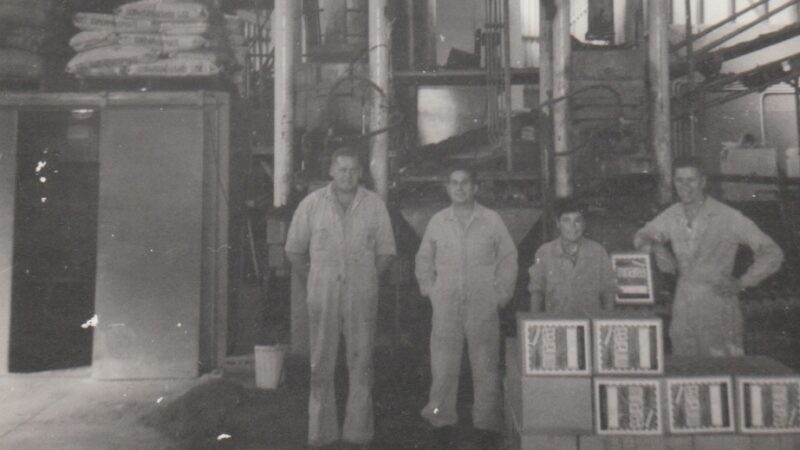Penne and Tas Clarke are enjoying a good spell on their 48,000-hectare farm between White…
Ukraine’s farmers, and how they are surviving
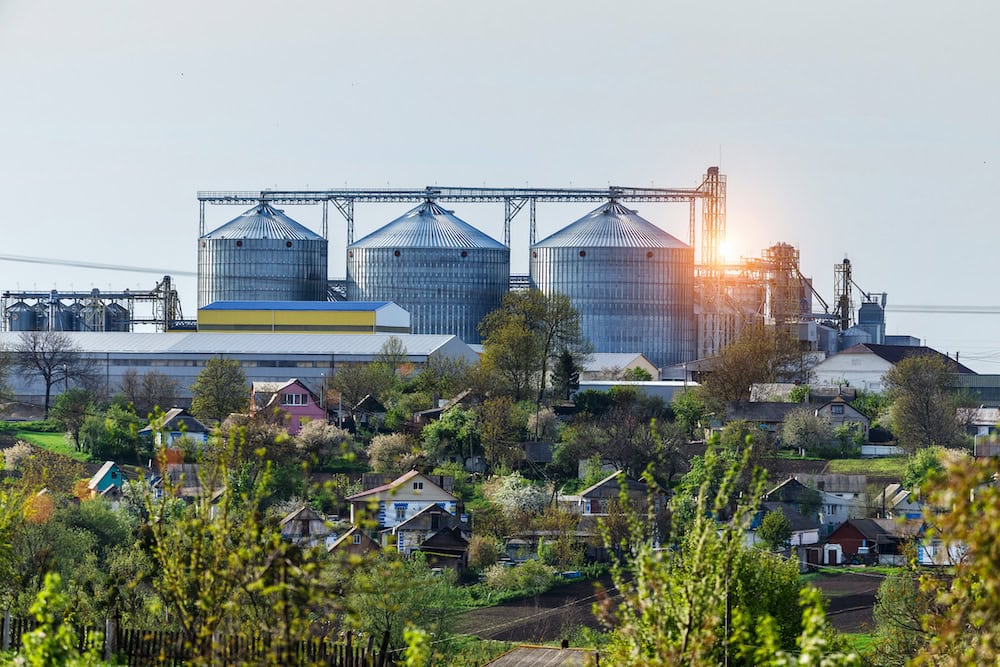
Almost every Ukrainian can call himself a farmer, because historically, our people settled around the country in small communities, reclaiming free fertile plots of land. Ukraine is located at the crossroads of key routes between Europe and Asia � so many invaders have passed through, but none of them have remained. Therefore, Ukraine’s farmers, when plowing the land, has always kept a sword near him in order to be ready at any moment to protect his family. Many centuries have passed, but this necessity remains relevant, because even a peaceful grain grower today is forced to become at least half a soldier.
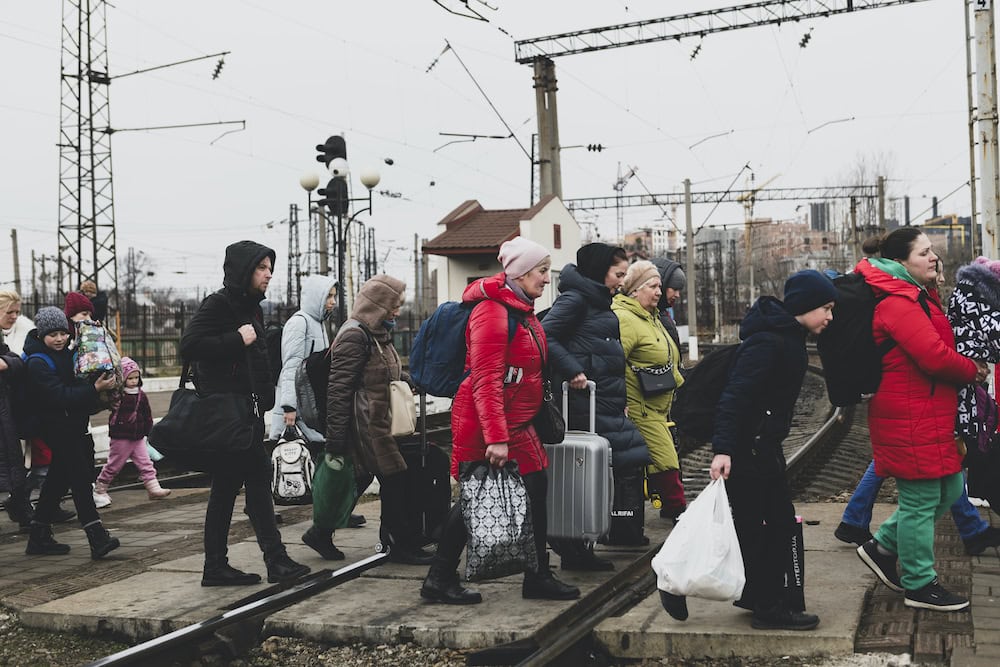
Delving into the land
Although Ukraine is 13 times smaller than Australia in size, it is the largest country in Europe and home to over 40 million people. Ukranian farmers cultivate approximately 42 million hectares of fields, and two-thirds of this area represents some of the most fertile soils in the world � called chernozems. This is a black, oily soil, which has a lot of potassium and phosphorus, and most importantly, humus.
Over the past decades of intensive use, Ukranian soils have been depleted, but they still allow farmers to get a high yield of many crops, often with a minimum amount of fertiliser. In those regions where a sufficient amount of moisture falls, the yield of corn can be from 10 to 14 tonnes per hectare, wheat from 6 to 10 tonnes, sunflowers from 3 to 5 tonnes, and the same amount of soybeans. Given that Ukrainian farmers use mineral fertilisers and pesticides sporadically, in a good year this allows them to maintain high profitability.
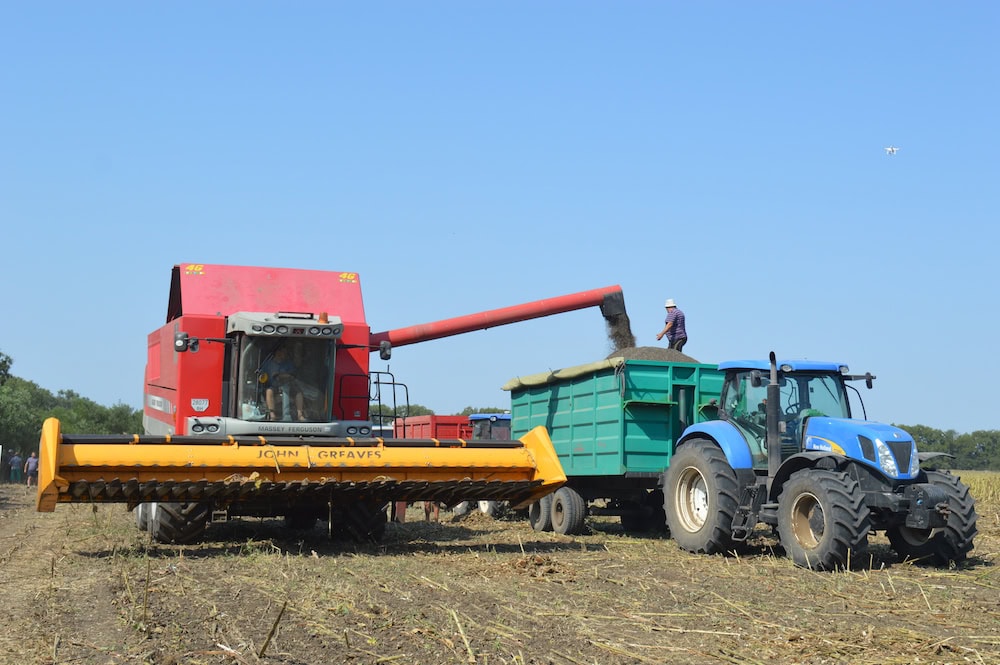
However, Ukraine, like many regions of Australia, is very dependent on rainfall. If the north, west and centre of the country have an average annual amount of 400-500mm or more, then in the south and east severe droughts occur almost every year. Therefore, in these regions, farmers mainly sow winter wheat and barley as well as sunflowers.
On the other hand, farmers in the south of Ukraine were actively developing irrigation systems before the war. Excellent vegetables, watermelons and melons, and even rice was grown there. Now all this is either destroyed or captured by the Russian invaders. So for Ukranians, it was the first summer without the famous Kherson watermelons from the south. If a kilogram of watermelon in the store used to cost 15-20 cents, now it has become a product for the elite, that costs close to one dollar.
On the frontline
If only the problems were just about watermelons.
On February 24, 2022, apocalyptic images unfolded before our eyes.
I was sleeping peacefully in my bed one night, knowing that I had to take my cat to an appointment in the morning. Then at 4:30am I was awakened by two explosions. My first thought was that perhaps a piece of roof fell from the house onto the car, due to strong winds. But a minute later my mother called to say that the war has begun.
I got dressed and rushed to the petrol station, because I read somewhere that in such cases the first thing to do is fill up the car. At the petrol station, I found out that both rockets exploded one and a half kilometres from my house on the territory of an old military unit.
Do you know what a person regrets in such moments? That they had not prepared for such a situation properly. That they did not have a large supply of fuel and medicine, no weapons and no secluded safe place to take their family.
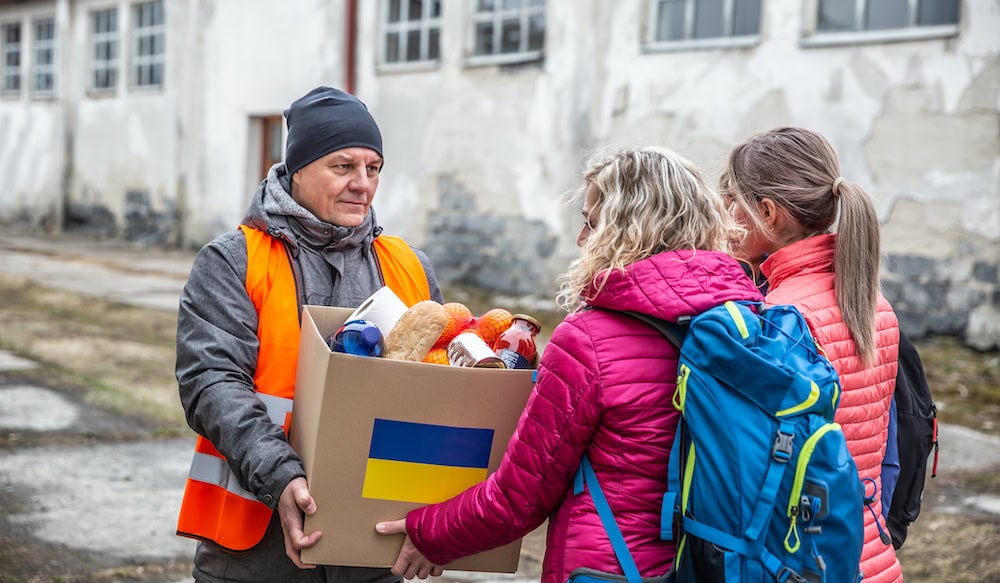
But this regret quickly passes because you understand that you will not be able to hide from the enemy, and that now your life and freedom are closely connected with the life and freedom of all your 40 million compatriots.
It is difficult for the average person to take care of themselves and their families during times of war, but imagine that at the same time the fate of several tens or hundreds of people depended on you? It was this challenge that the majority of Ukrainian farmers had to face, and to solve.
A very specific type of agribusiness has developed in Ukraine. Until 1991, all the land was cultivated by state collective farms. Each village had its own separate state farm.
In the mid 1990s, all agricultural land was divided into small plots � shares, ranging from one to eight hectares, depending on the region. These shares were distributed to former workers of collective farms, and today they are owned by elderly people or their heirs.
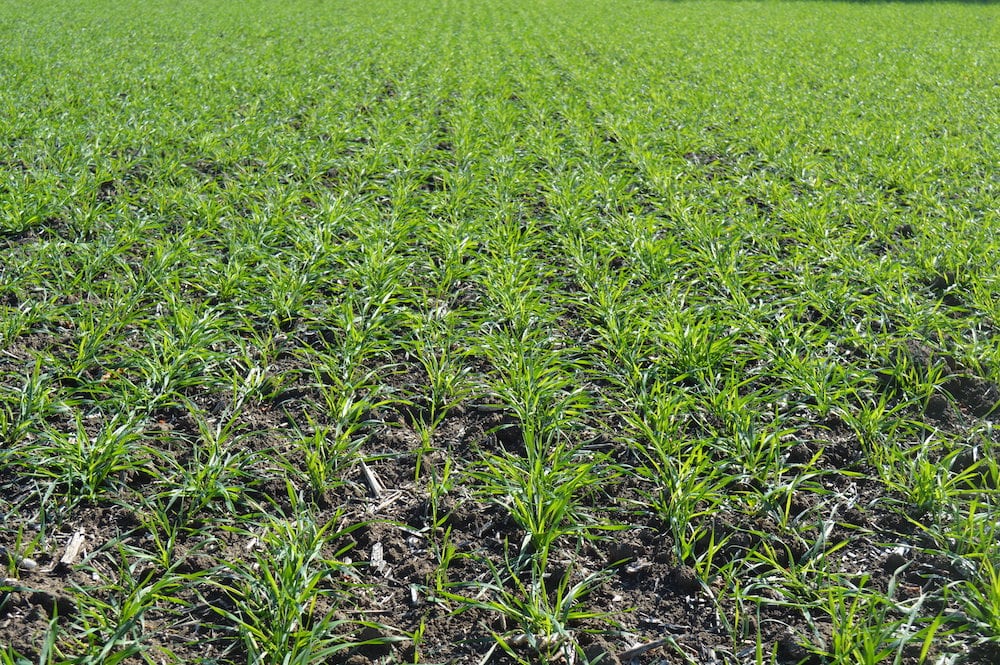
However, until the summer of 2021, these plots could not be sold � only independently cultivated or leased to other farmers. So, in Ukraine, farms of a new type have appeared, with an area from several tens of hectares to several hundred thousand hectares.
But the average farmer has from 1,000 to 5,000 hectares of land, and such agricultural companies are in the majority. Almost all the land on which they grow bread is rented. Every year the farmers pay money or give grain to the owners of the land shares.
That is, in addition to hired workers, each Ukrainian farmer cooperates with several tens or hundreds of families from whom he rents land. Typically, lease agreements are signed for five to six years. After this period, the owner of the land can choose any other farmer. To prevent this from happening, the farmer who is cultivating the land at the time is doing everything to keep this land for himself: he pays more per hectare, provides various bonuses, provides his equipment for free, and so on.
In fact, this is a real symbiosis of farmers and local residents. Indeed, in the settlements where the fields are located, there are roads, schools, first-aid posts and other infrastructure. The state does not have the money to completely repair all this, so it is often farmers who use their money for repairs.
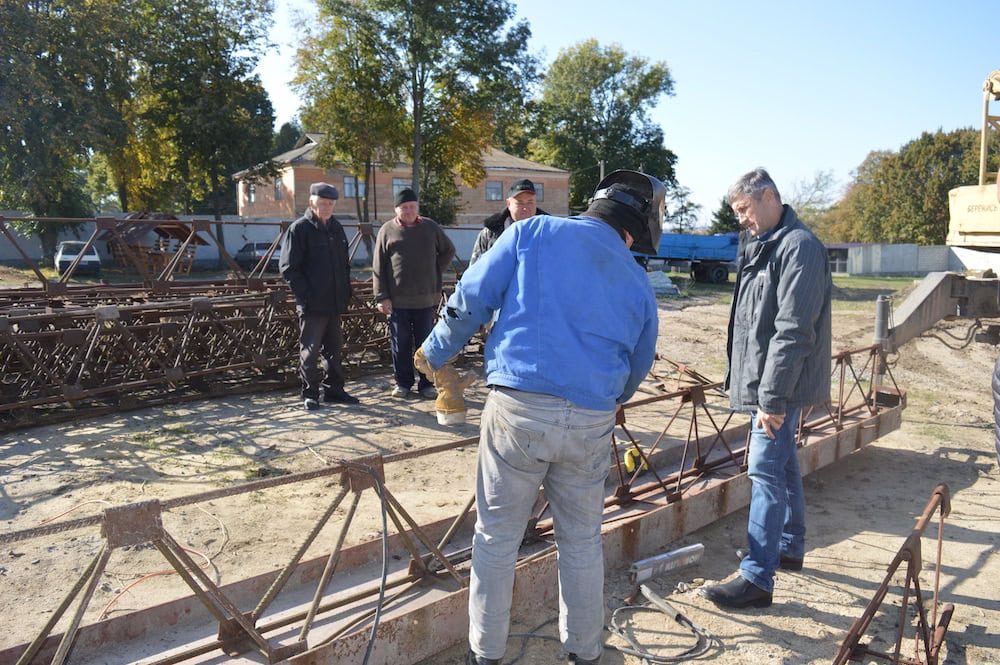
Therefore, when the war began, each farmer was forced to take care not only of his business, but also of his employees and the owners of the land shares that he leases. This is a voluntary social function that our farmers perform.
For example, a farmer I know from the south of Ukraine, in the first days of the war, began distributing flour and cereal to people so that they would have food in case the shops were closed. Another farmer from my town in central Ukraine was handing out milk from his farm, and his neighbours were handing out chicken eggs. This helped many people � psychologically as well � because when chaos threatens the country, it�s nice to realise that there are people who are ready to take on more responsibility and help other people.
But although farmers in Ukraine are considered rich people, it cannot be said that they easily survived the outbreak of the war. The end of February in Ukraine is the time when tractors are preparing to enter the field just before the start of spring field work. Most farmers were waiting for the supply of new equipment, spare parts, seeds, fertilisers and diesel fuel. And all of these resources are stuck in ports, in the warehouses of dealers, or have not yet arrived from abroad at all.
And a very serious problem began�
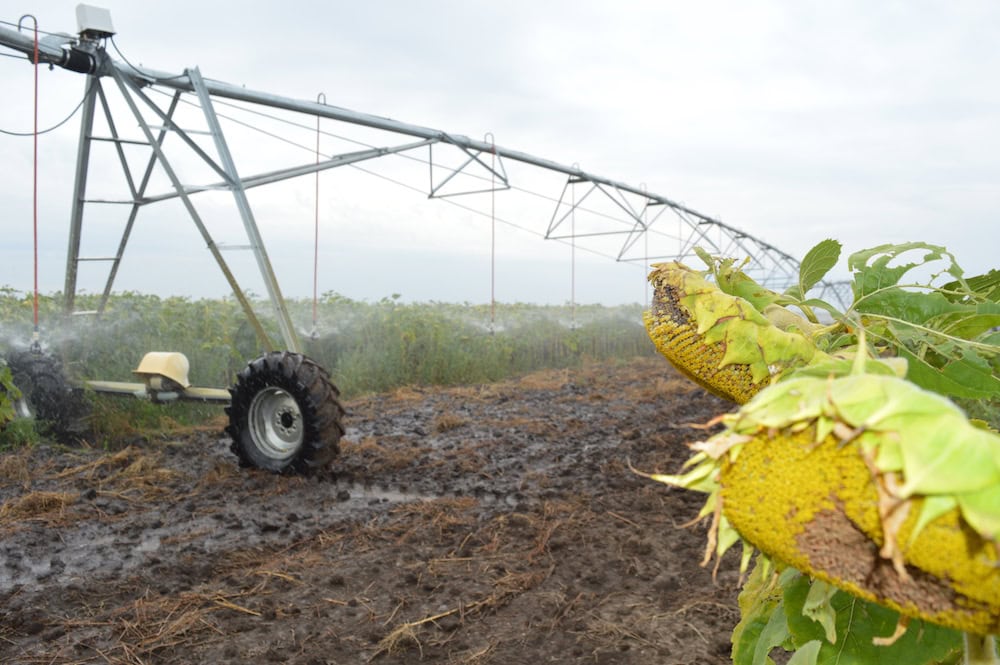
My friend and farmer Sergyi had been waiting for an already paid seeder from Germany for six months � from the beginning of the war. It was miraculously not destroyed or stolen by the Russians in the south in the port, then they managed to transport it to Kyiv. Then it was sent to the west of Ukraine, when fighting began near Kyiv, then on to the centre of Ukraine, and only six months later it fell into the hands of its owner in the south.
The problem was not only in stopping the supply of equipment, but also in the shortage of all other resources. Many farmers were forced to sow grain without fertilisers and pesticides, and in doing so, it halved the seeding rate.
The bigger problem � fuel shortages � started in March 2022 and lasted until July. After Russian cruise missiles hit a large oil refinery, Ukranians were left without fuel for cars and tractors. It was a real nightmare. I remember how, in order to pour 20 litres into the tank of a car, I stood in line for six hours at a petrol station. At the same time, it was still necessary to constantly monitor the situation, because gasoline and diesel fuel were brought in no more than once every seven to ten days. If you did not have time to stay in the queue, then you�d miss out on fuel.
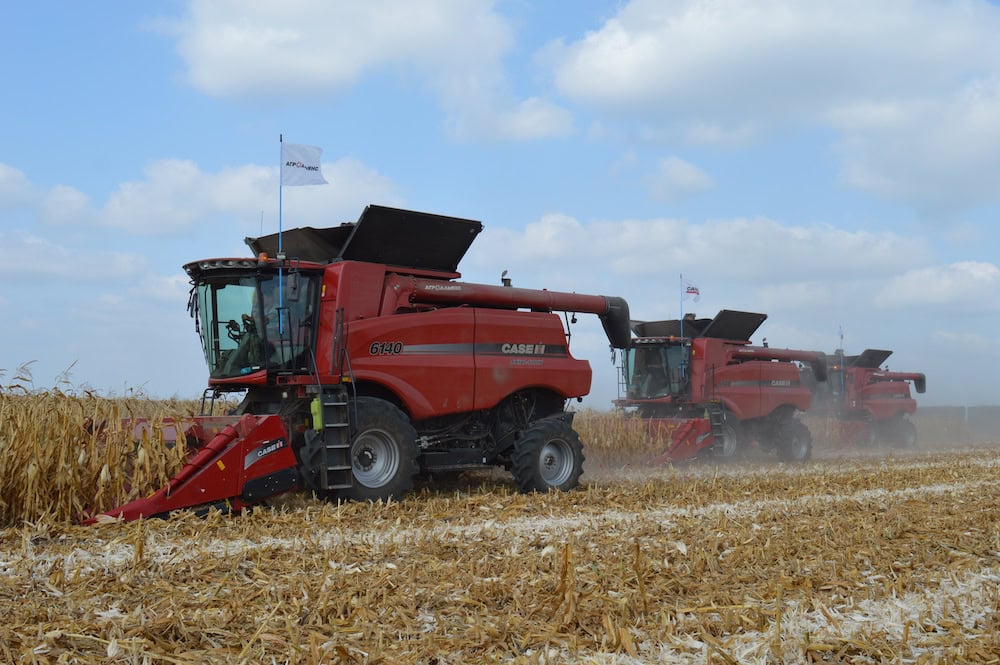
It�s hard to imagine how Ukrainian farmers solved this problem, because they needed tens and hundreds of tons of diesel fuel in order to carry out their spring sowing campaign.
Many of them were forced to abandon spring tillage and save on the work of other units. In addition, if you managed to find fuel somewhere, then the price was two or more times higher than before the war. So, if one litre of diesel cost 29 hryvnia ($1.41 AUD), now it costs 52 hryvnia ($2.50 AUD).
During the period of fuel shortage, the price rose to 65 to 75 hryvnias ($3.65 AUD) for one litre. In those regions that were close to the front or were occupied, 100 hryvnias ($4.87) was demanded for one litre.
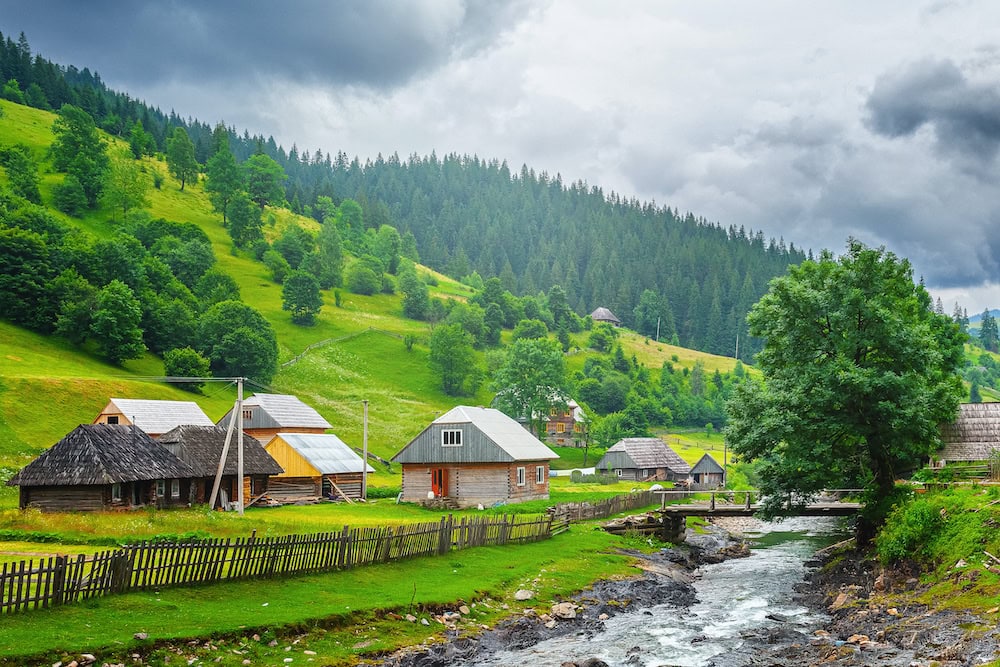
Moreover, no one had any money, and they still don�t. Russia blocked the main sea route for exporting grain from Ukraine, so almost 20 million tons of unsold grain remained in the warehouses of Ukrainian farmers. Now the grains from the new crops have been added to this. Our farmers have adapted any buildings available and have turned them into granaries. And although for a month and a half ships with grain have been gradually heading out to sea, this problem is being solved very slowly. Only those farmers who have livestock farms and their own mills for food production are making things work.
It is very difficult for all Ukranians right now. Parts of fields will remain unsown, and now farmers sow winter wheat, barley and rapeseed without fertilisers, because there is no money.
However, although it sounds strange, they have managed to adapt to the conditions of the war. Our country�s economy was destroyed by 40 per cent, but it has slowly begun to recover. People have established new logistics and business connections and are developing new areas of production.
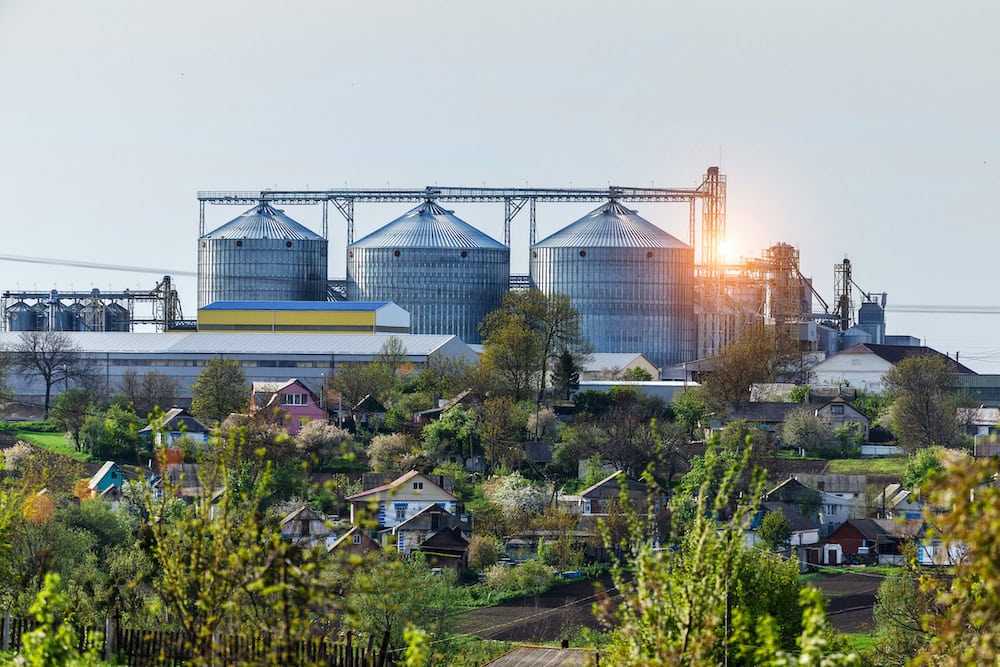
I�m sure everything will be fine. We cannot and do not have the right to retreat, because the Russian invaders spare no one, not even children.
I am writing these lines at a time when the Ukrainian army has gone on the offensive and is liberating dozens of cities and villages in the east and south of the country. This is creating an incomparable joy, along with such sorrow for the dead.
And I want to thank the people of Australia for the invaluable help they provide us. After all, some Ukrainian lives were saved by things such as the armoured vehicles sent by Australia.
May everything be fine with you, and I hope that one day we will all live under a peaceful sky.
Ukraine endorses #AUSSIEGRAIN4UKRAINE campaign
Ukraine�s ambassador to Australia, Vasyl Myroshnychenko, has endorsed the efforts of Australian grain producers to help Ukraine farmers and rural communities with their recovery from the war.
Mr Myroshnychenko met with members of Grain Producers Australia�s farmer sub-committee recently to discuss the #AUSSIEGRAIN4UKRAINE initiative and thank them for supporting his people.
He said rebuilding Ukraine rural communities was a strategic priority, and Australian farmers are providing invaluable assistance to help deliver short and longer-term outcomes.

�We sincerely thank Australia�s grain producers for this selfless initiative, getting behind our country�s efforts to recover from the devastation that�s been caused by Russia�s invasion,� he said.
�This support will help with rebuilding ports and other infrastructure connected to our agricultural communities, and basic necessities of our people such as roads, schools, homes and hospitals.
GPA Northern Director and NSW Farmers Member, Matthew Madden, said despite his region being hit hard by severe flooding, he was committed to donating to #AUSSIEGRAIN4UKRAINE.
�It�s a good thing knowing our barley donation this week will help make a difference in future for others who are going through this prolonged conflict on the other side of the world,� he said.
GPA sub-committee spokesperson and WA grain producer, Brad Jones, said whilst Australian grain producers faced their own seasonal challenges this harvest, especially flooding on the east coast, he gained perspective by reflecting on the difficulties Ukraine farmers are going through.
�We recognise not everyone will be able to make a donation � but if you have a spare tonne or two, it�s going towards a very good cause, supporting people who going through a terrible war,� he said.
Australian grain producers can donate grain delivered from this year�s harvest via a dedicated Grower Delivery Card that�s registered to GPA (numbered 1500 4442), in the NGR system.
If you would like to read more international features like this one, you might want to read our story on the response to Bali’s FMD crisis.


